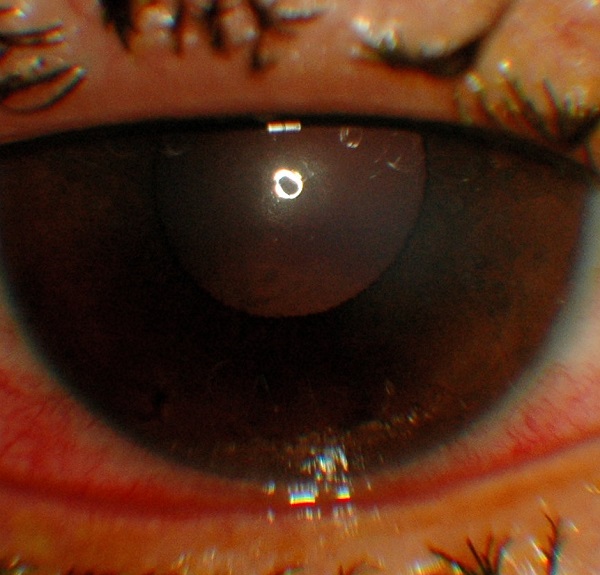Visual outcomes after management of bilateral cataract and retinal detachment in atopic dermatitis
Medical hypothesis, discovery & innovation in optometry,
Vol. 2 No. 3 (2021),
14 March 2022
,
Page 108-113
https://doi.org/10.51329/mehdioptometry133
Abstract
Background: Atopic dermatitis (AD) is a chronic pruritic inflammatory skin disorder of childhood with a broad spectrum of ocular manifestations, including keratoconjunctivitis, keratoconus, cataract, and rhegmatogenous retinal detachment (RRD). This study was aimed at reporting the visual outcomes in patients with bilateral cataract and RRD in the context of AD.Methods: This was a retrospective, observational case series. A thorough history, clinical features, and surgical management of seven consecutive patients who presented to the Birmingham and Midland Eye Centre with bilateral cataract and RRD secondary to severe AD were investigated.
Results: Fourteen eyes of seven patients with AD were analyzed. Twelve of the 14 eyes had cataract (85.7%). Seven patients had anterior or posterior subcapsular cataract (58.3%); 13 of the 14 eyes had RRD (92.8%). Most cases were bilateral or simultaneous (85.7% and 71.4%, respectively). Eight eyes had involvement of the temporal quadrant (61.5%): three eyes had giant retinal tears (23%) and five eyes with proliferative vitreoretinopathy (38.5%). Three eyes underwent scleral buckle surgery with or without cryotherapy (21.4%), and eight eyes had PPV (57.1%) combined with other procedures. Two eyes (15.4%) had persistent RRD postoperatively. The latest recorded postoperative best-corrected distance visual acuity was 6/36 or better in 10 (71.4%) eyes.
Conclusions: Temporal RRD was commonly observed in retinal detachment secondary to AD. Surgical repair was often challenging because of proliferative vitreoretinopathy and significant cataract. A further multidisciplinary study involving dermatologists would be helpful in identifying a larger high-risk population for AD and earlier detection of asymptomatic retinal tears or holes, which would allow preventive treatment and limit sight-threatening complications.
Keywords:
- atopic dermatitis
- cataract
- retinal detachment
- best-corrected distance visual acuity
- scleral buckle
- proliferative vitreoretinopathy

- Abstract Viewed: 0 times
- Full Text PDF Downloaded: 0 times